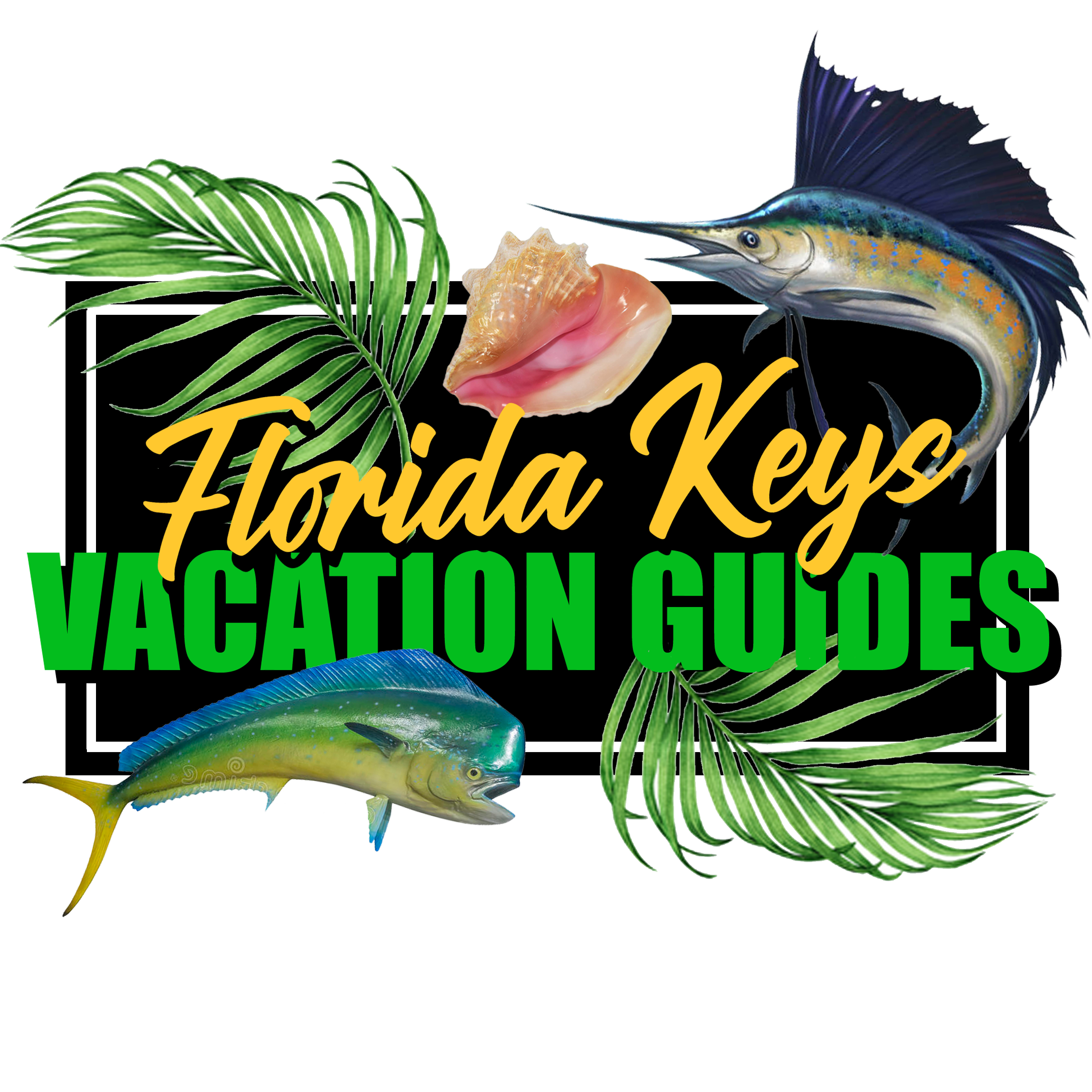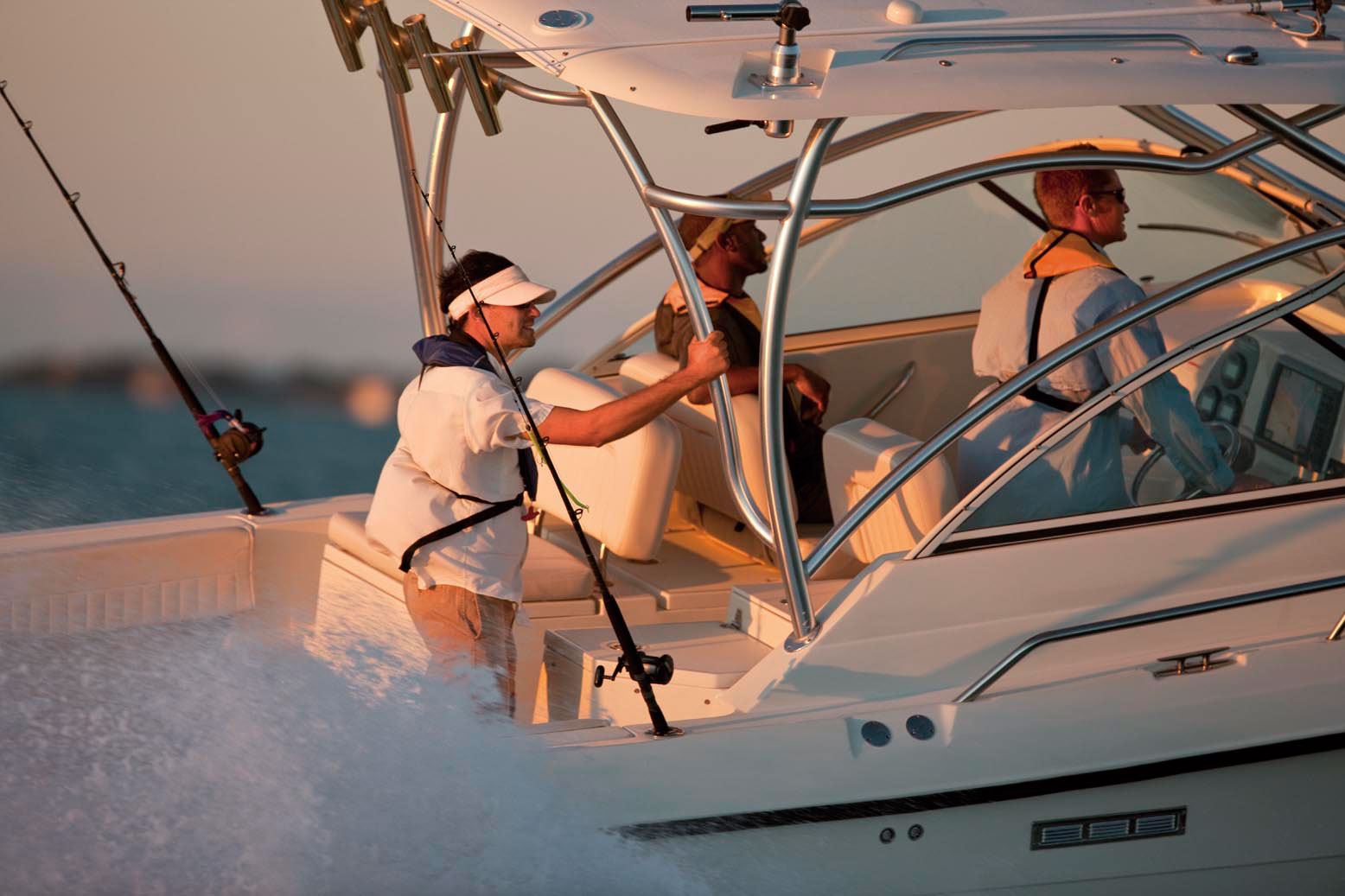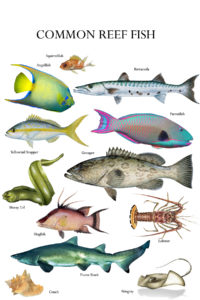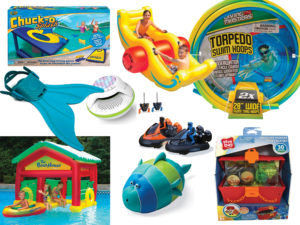Navigating the Florida keys shallow waters can be challenging for even the most experienced boaters. Learn to boat safely to avoid damaging the delicate ecosystem, and your boat. Avoid the costly fees associated with running your boat aground.
The first thing you need to do is to take the US Coast Guards online Boating Safety course. The website is https://www.boat-ed.com/.
The cost is $29.50 and you can take as much time as you need to complete the course.
Secondly, you’ll want to make a habit of checking the weather and boating conditions at the NOAA site www.weather.gov/key. If you are in the keys, NOAA provides constant up-to-the-minute accounts of weather and sea conditions on TV. (Check your local listings for the channel in your area.)
If weather conditions do not look favorable…reschedule your trip for another day.
Familiarize yourself with the local waters. Purchase a chart at any local Bait and Tackle store.
Be sure you have plenty of life vests on board. You are required to have one for every guest on your boat. Make sure they are in good condition and easily accessible. Also make sure you have the required emergency equipment on-board and can pass an inspection by Florida Keys Marine Patrol.
A life preserver for every person on board.
A fire extinguisher
A functioning VHS radio
A compass
A chart of the local waters
Functioning navigation lights
A First-Aid Kit
Distress Flares
A Sound Signaling Device
A Hand Bailing Device
and a Suitable Anchor for the size of your vessel.
Before departing… make sure all of your guests can swim!
Purchase a GPS (Geological Positioning System). Set it to chart your course from the dock to your desired location, then use it to retrace your route back home.
Have a functioning VHS radio on board and keep it turned to your local emergency channel (Channel 16 in the keys). This connects you to the local Coast Guard Station.
If you need assistance at sea -(you’ve run aground, are lost, or have an injured passenger), you can hail the Coast Guard via radio.
Pay attention to navigational aids that mark deep water channels and stay within them.
Wear polarized sunglasses that will help you “read the waters”. Shallow water will appear brown or white while deeper safer water will appear blue or green.
When in doubt/slow down and idle through. If possible place someone on the bow as a lookout. If the water is murky stick a paddle or pole overboard and measure the depth of the water.
If you do run aground… immediately turn off your engine. Tilt your engine up and attempt to drag your boat out of the shallows by using a pole or paddle.
After a day of successfully navigating the local waters there are a few things you’ll definitely want to do. Remove any valuables from your boat (scuba tanks, rods and reels and electronics) and secure your boat with a hitch lock and outboard lock.




